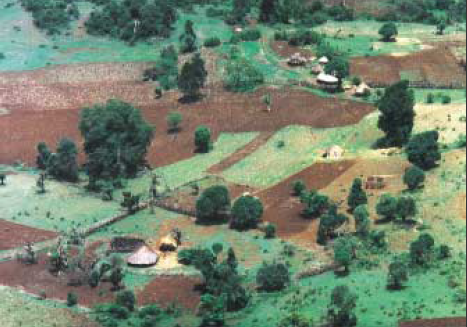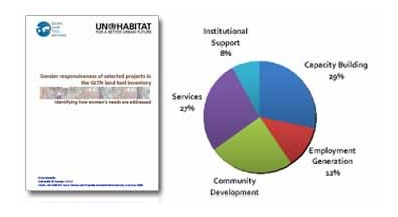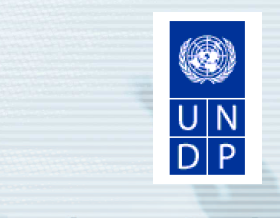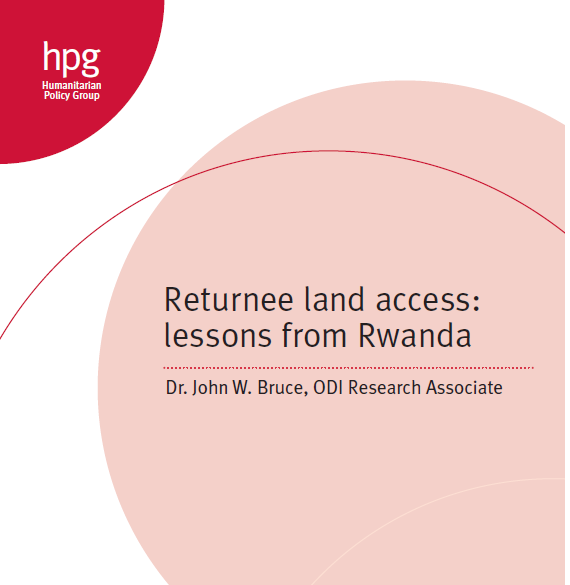GTZ's Land Use Planning Methods, Strategies and Tools
[adapted from GTZ] 1999- More than one hundred technical co-operation projects on three continents supported by the various technical departments of GTZ were involved in this discussion on Land Use Planning, paying specific attention to gender and women’s promotion through its pilot program “Gender and Women’s Promotion”.












